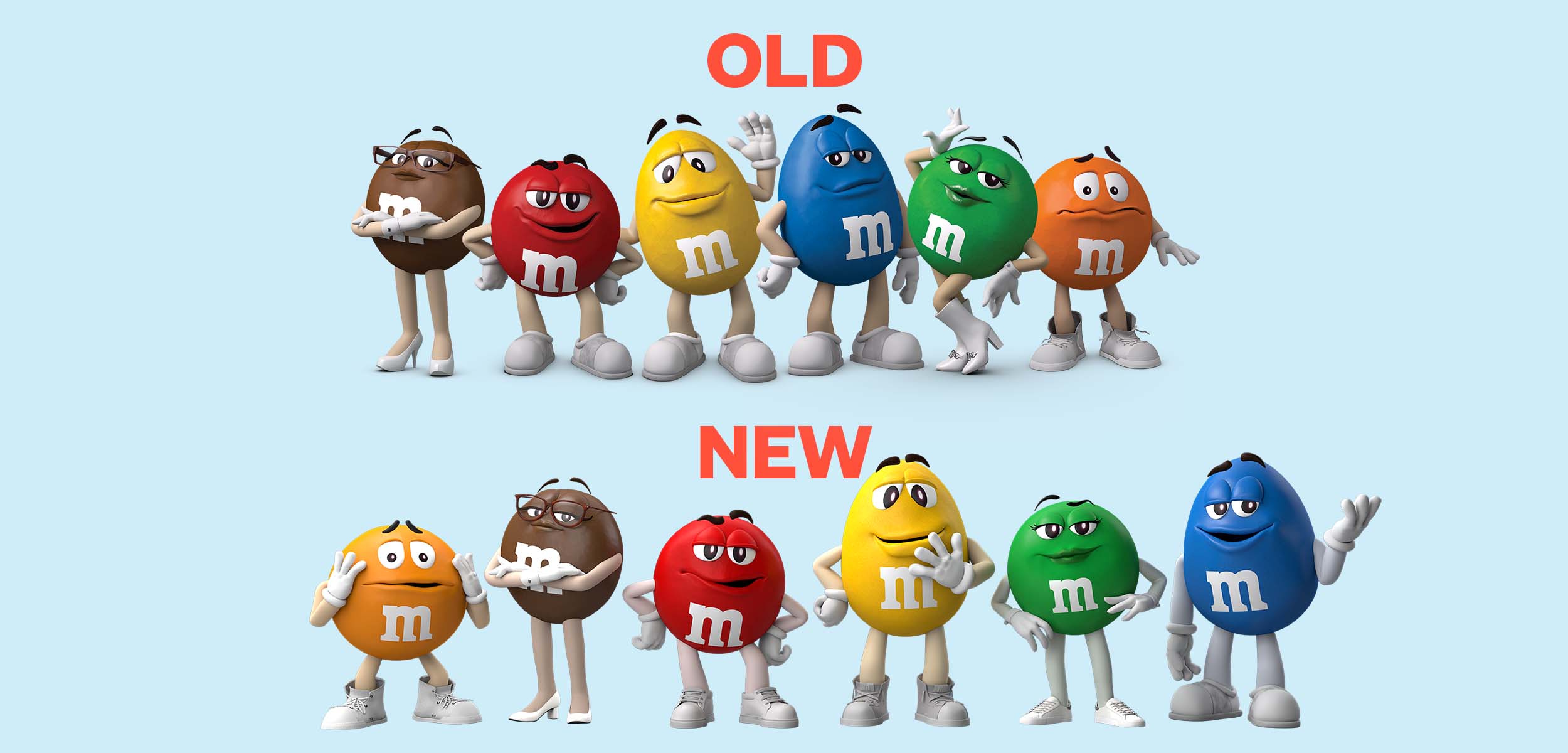Indian GF MMS: A Deep Dive Into The Phenomenon That’s Got Everyone Talking
Let’s face it, the term “Indian GF MMS” has been swirling around online for years, sparking curiosity, debates, and a whole lot of questions. If you’ve ever wondered what it’s all about or why it’s such a big deal, you’re in the right place. In this article, we’re going to break it down for you in a way that’s both informative and easy to digest. Whether you’re here out of curiosity or looking for answers, we’ve got you covered.
This topic isn’t just some random buzzword floating around the internet. It’s a cultural phenomenon that touches on issues of privacy, consent, and the impact of technology on our daily lives. We’ll explore the ins and outs, the history, and the implications of this trend, all while keeping things real and straightforward.
So, buckle up because we’re diving deep into the world of Indian GF MMS. This article isn’t just about facts and figures; it’s about understanding the human side of it all. By the end, you’ll have a clearer picture of what it means and why it matters. Let’s get started!
- Unleash The Power Of Moviesda 2024 Download Your Ultimate Guide To Streaming Bliss
- Prmovie The Ultimate Guide To Your Movie Streaming Needs
What Exactly is Indian GF MMS?
Let’s start with the basics. Indian GF MMS refers to a series of intimate videos or messages shared via multimedia messaging services (MMS). These messages often involve personal content, sometimes without the consent of the individuals involved, leading to a host of ethical and legal concerns. It’s not just a tech issue; it’s a societal one.
Now, you might be thinking, “Why is this such a big deal?” Well, the answer lies in the impact it has on individuals and communities. The spread of these messages can lead to harassment, social stigma, and even legal consequences. It’s a reminder of how powerful—and potentially harmful—technology can be when used irresponsibly.
How Did It All Start?
The origins of Indian GF MMS can be traced back to the early 2000s when mobile phones with camera capabilities became more common. As people started sharing photos and videos more frequently, some of this content ended up in the wrong hands. Over time, the trend grew, fueled by the anonymity and reach of digital platforms.
- Unlock The Secrets Of Juq 114 A Comprehensive Guide
- Sociallykeeda Your Ultimate Guide To Trending Topics And Viral Content
Think about it: back in the day, sharing a picture with someone was a big deal. Now, it’s as easy as tapping a button. While this convenience has its perks, it also comes with risks. The ease of sharing personal content has made it easier for things to go viral, sometimes with devastating consequences.
Why Should You Care About Indian GF MMS?
Here’s the thing: whether you’re directly affected by it or not, this issue matters. It’s not just about the individuals involved; it’s about the broader implications for privacy and consent in the digital age. In a world where everything is just a click away, it’s important to understand the consequences of our actions online.
For many, the idea of their personal content being shared without permission is terrifying. It’s a violation of trust and a breach of privacy. That’s why it’s crucial to have open conversations about these topics and educate ourselves and others on responsible digital behavior.
The Legal Side of Things
When it comes to Indian GF MMS, there are legal considerations to keep in mind. In many countries, including India, sharing intimate content without consent is considered a crime. Laws have been put in place to protect individuals from this kind of exploitation, but enforcement can be tricky.
Here’s the kicker: even if you didn’t create the content, sharing it can still land you in legal trouble. It’s not just about who started it; it’s about who perpetuates it. That’s why it’s so important to think twice before forwarding or sharing anything that might be harmful to someone else.
The Human Impact of Indian GF MMS
Behind every viral message or video is a real person. For those who have had their personal content shared without their consent, the impact can be devastating. It can affect their mental health, relationships, and even their careers. It’s not just a digital problem; it’s a human one.
Imagine waking up one day to find out that something private has been shared with the world. How would you feel? For many, it’s a nightmare scenario. That’s why it’s so important to approach this topic with empathy and understanding. It’s not just about the numbers or the stats; it’s about the people behind them.
Stories from Real People
Let’s talk about some of the real-life stories that highlight the impact of Indian GF MMS. There are countless examples of individuals who have had their lives turned upside down by the spread of personal content. Some have faced harassment, others have lost jobs, and many have struggled with mental health issues as a result.
Take the story of Priya, for example. A college student whose intimate photos were shared online without her consent. The backlash was immediate and intense. She faced ridicule from classmates, strangers on social media, and even family members. It took years for her to rebuild her life and regain her confidence. Stories like hers remind us why this issue matters so much.
How Technology Plays a Role
Let’s be real: technology is both a blessing and a curse. On one hand, it’s made our lives easier, more connected, and more convenient. On the other hand, it’s also made it easier for things to go wrong. The rise of social media platforms, messaging apps, and file-sharing services has created a perfect storm for the spread of personal content.
But here’s the thing: it’s not just about the technology itself. It’s about how we use it. The tools themselves aren’t inherently bad, but they can be misused if we’re not careful. That’s why it’s so important to have conversations about digital literacy and responsible tech use.
Tips for Staying Safe Online
Now that we’ve talked about the risks, let’s talk about solutions. Here are some tips for staying safe and protecting your privacy online:
- Think twice before sharing personal content with anyone, even people you trust.
- Use strong passwords and enable two-factor authentication on all your accounts.
- Be cautious about what you post on social media and who can see it.
- Report any suspicious activity or content that violates your privacy.
- Educate yourself and others about the importance of consent and respect online.
The Role of Society and Culture
Culture plays a big role in how we view issues like Indian GF MMS. In many societies, there’s still a stigma attached to discussing topics like privacy, consent, and intimacy. This can make it harder for people to speak out or seek help when they’ve been affected.
It’s important to create a culture where these conversations can happen openly and honestly. By breaking down taboos and encouraging dialogue, we can work toward a more understanding and supportive society. It’s not just about fixing the problem; it’s about preventing it from happening in the first place.
Changing the Narrative
One way to change the narrative around Indian GF MMS is to focus on education and awareness. By teaching people about the importance of consent and respect, we can help prevent these kinds of situations from occurring. It’s about empowering individuals to take control of their digital lives and make informed decisions.
Schools, communities, and organizations all have a role to play in this. By incorporating digital literacy into education and promoting positive online behavior, we can create a safer and more respectful digital environment for everyone.
The Future of Digital Privacy
Looking ahead, the issue of digital privacy is only going to become more important. As technology continues to evolve, so do the challenges we face. It’s up to all of us to stay informed, adapt to new developments, and advocate for policies that protect our rights and freedoms online.
But here’s the good news: there’s a growing movement toward greater awareness and accountability. More people are speaking out about these issues, and more companies are taking steps to address them. It’s a sign that change is possible, and it’s happening right now.
What You Can Do
So, what can you do to make a difference? Here are a few ideas:
- Start conversations with friends and family about digital privacy and consent.
- Support organizations working to protect online rights and freedoms.
- Stay informed about the latest developments in technology and privacy.
- Be a responsible digital citizen by respecting others’ privacy and consent.
Conclusion: Taking Action
Indian GF MMS is more than just a trend; it’s a reflection of the challenges we face in the digital age. By understanding the issues and taking action, we can help create a safer and more respectful online environment for everyone. It’s not just about fixing the problem; it’s about preventing it from happening in the first place.
So, what’s next? We invite you to join the conversation, share your thoughts, and take steps to protect your privacy and the privacy of others. Together, we can make a difference. Don’t forget to leave a comment, share this article, and check out our other content for more insights and tips.
Table of Contents
- What Exactly is Indian GF MMS?
- How Did It All Start?
- Why Should You Care About Indian GF MMS?
- The Legal Side of Things
- The Human Impact of Indian GF MMS
- Stories from Real People
- How Technology Plays a Role
- Tips for Staying Safe Online
- The Role of Society and Culture
- Changing the Narrative
- The Future of Digital Privacy
- What You Can Do
- Conclusion: Taking Action
Article Recommendations
- Fikfapcom The Ultimate Guide To Understanding The Phenomenon
- Move Rullzcom Your Ultimate Guide To Mastering The Art Of Relocation

![[wATCH] SEXPorn Hot Indian Video MMS MMS Vide Download Free 3D](https://media.sketchfab.com/models/ab5c4f5fb34b4b5bb5fa8a98b9c6d852/thumbnails/b1d71de50d36446292689ebef0308947/cba2d4223c0f4b6d9f3e75ed28893fe1.jpeg)

Detail Author:
- Name : Raven Steuber
- Username : caden.schultz
- Email : flindgren@grimes.com
- Birthdate : 1983-01-30
- Address : 1270 Thompson Green Suite 851 South Ryley, OH 47556-3403
- Phone : 734-954-3486
- Company : Mayer LLC
- Job : Atmospheric and Space Scientist
- Bio : Quam nemo asperiores accusantium at. Ut fuga voluptas porro reprehenderit autem. Voluptates facilis eos amet perspiciatis.
Socials
instagram:
- url : https://instagram.com/merritt_id
- username : merritt_id
- bio : Sint sunt quia doloribus omnis dolor. Error et repudiandae corrupti. Et est et atque dolorem.
- followers : 567
- following : 1324
linkedin:
- url : https://linkedin.com/in/mschultz
- username : mschultz
- bio : Assumenda ut corporis harum quod vitae.
- followers : 1335
- following : 2848